
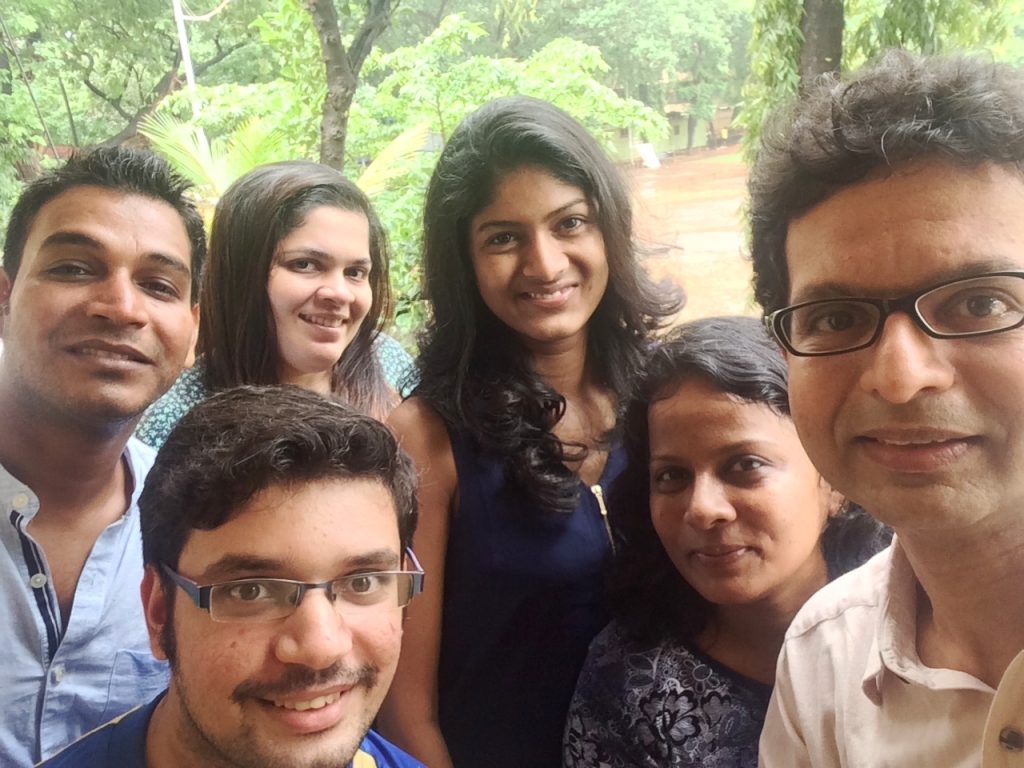
Designers are a funny lot. They are the innovators of the highest order. Give them a piece of tyre, and they will give you an eco-friendly, trendy footwear. That is exactly what Paaduks, an enterprise based out of Mumbai is doing. The company collects upcycled tyres, and with the help of cobblers transforms those pieces of scrap into beautiful footwear. This enables the creation of eco-friendly fashion as well as provides for alternative livelihood for the cobblers. In an interview with Cindrebay, Jay Rege, the founder of Paaduks, speaks about his inspiration, and the determination to create sustainable fashion, and livelihoods.
Please describe Paaduks for us.
Paaduks is an attempt to make eco-friendly footwear. We make shoes with soles made from upcycled (used) tyres. At the same time, we also envision a prosperous cobbler community. Hence we sincerely adhere to guidelines of internationally agreed Fairtrade standards.
What prompted you to start this endeavour? And how did you go about executing it? Also, tell us something about your team.
It all started sometime in early 2013, when I (Jay Rege), while randomly browsing the internet, read about an individual who imported scrap tyres from Indonesia, used them as soles of sandals and sold them in the US markets. So we (my wife Jothsna Rege and I) ideated on the concept and decided to do something similar in India as well.
But then, we had no idea on how shoes are made. So we went door hopping down the dingy alleys of Thakkar Bappa Colony and areas around Kurla station (both in Mumbai), where many cobblers reside and work. After talking to a few of these cobblers and learning how shoes and sandals are made, and after a few trial and errors we managed to get a few pairs of sandals made with soles made from discarded tyres. Thus, began our journey.
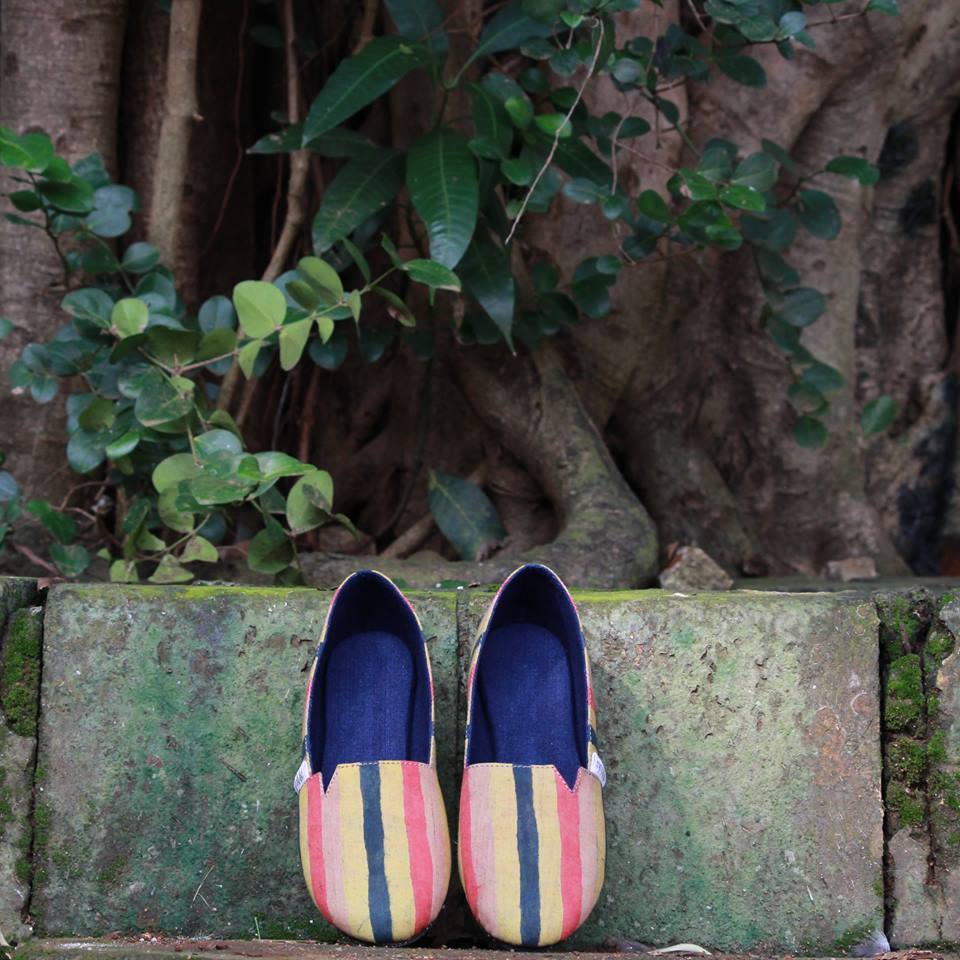
While working on this initiative we realized that the cobblers and their families are plagued with many financial and social problems. It was then that we decided to turn this venture into an initiative that not only makes eco-friendly footwear but also creates a positive social impact by providing sustainable livelihood opportunities to cobblers. Therefore, we adhere to internationally agreed fairtrade guidelines and also eventually want to implement some social welfare programs for them.
Please tell us something about the minds behind the running of this organisation.
Sometime in October 2014, Jidnyasa Butley, a young engineering graduate who worked with a data analytics firm, heard about Paaduks and decided to volunteer with us. After seeing her volunteer with us for a few months, we felt that she could add significant value to our venture if she joined our team on a full-time basis. She too had enjoyed her work with Paaduks and from mid-Feb 2015, she joined our team full time.
Jidnyasa now manages the entire operations of Paaduks and is involved in every key decision-making process.
Initially, did you envision Paaduks has an enterprise that would be both a commercial enterprise and also aid sustainable lifestyle?
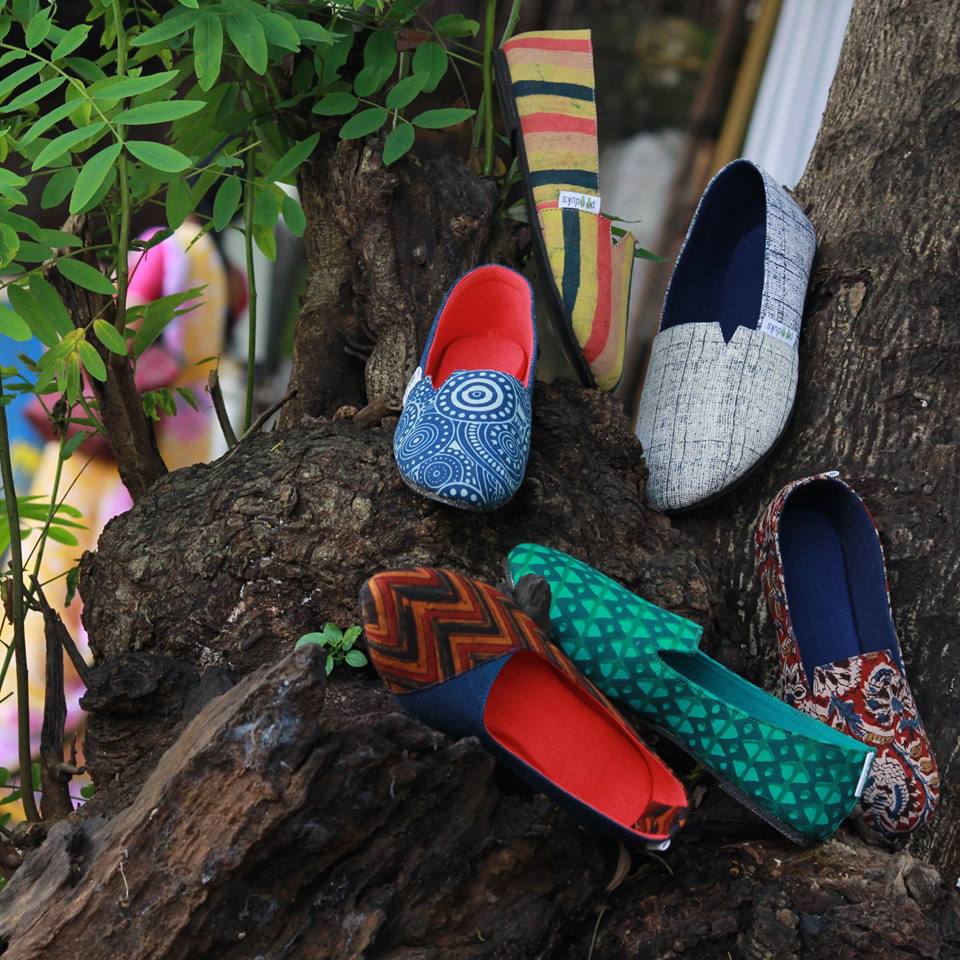
Initially, the plan was to make shoes with used tyres as soles. After working with the cobblers, we soon realized how they are often exploited by retailers and wholesalers who require them to invest in the production, pay them meager amount for all the hardships, and often delay payments as well. This spirals them into never ending debt cycles. Hence at that stage, we took a conscious decision to address these issues and make it the priority for our venture.
Though, the idea of making sandals in this way is quite unique, and of course eco-friendly; did you ever feel that maybe people might not like wearing sandals made of used tires?
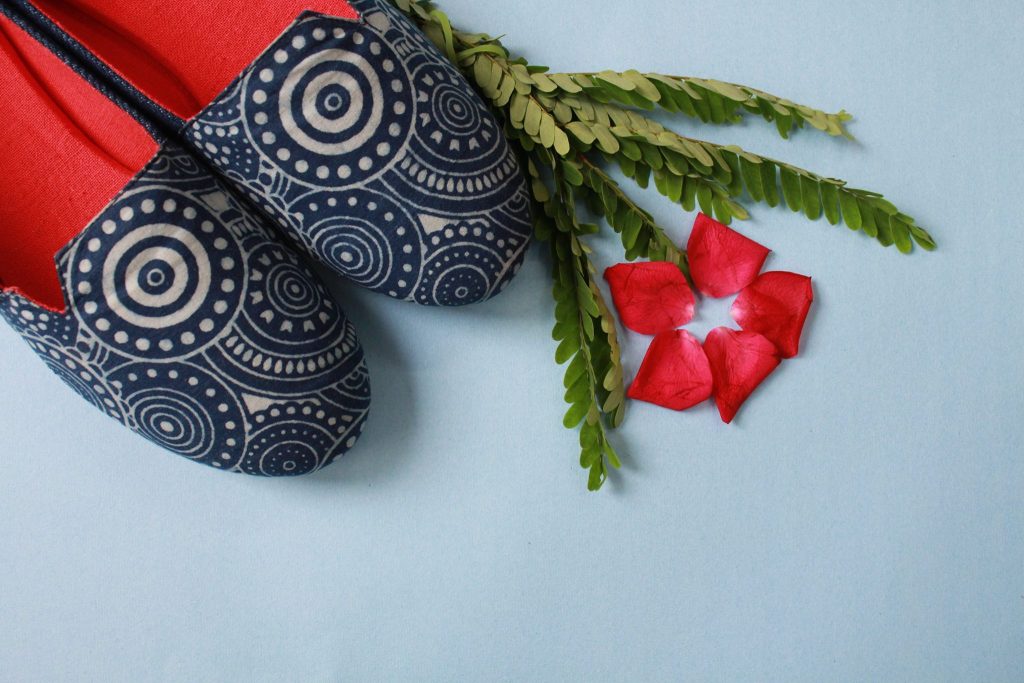
Well honestly, such a thought never crossed our mind. In fact, we felt that people would want to use an upcycled product. It comes to comfort, the sole that we use really doesn’t in any way hinder the comfort or usability factors of the shoe. We use high-quality padding on the inside of the shoe to make it very comfortable on the feet.
What kind of challenges did you face when you began the enterprise?
Initially, getting cobblers to work with scrap tyres was a challenge. Tyres are difficult to cut when compared to other commercially available soles, and so many cobblers we spoke to were reluctant to work with us. Once we got a few cobblers to work with us, the next challenge was to come up with some good designs. So eventually got a full-time designer (Carol D’Souza) on board who helped us curate the designs.
Like any other enterprise, sales have always been a challenge, and for that everything matters – Getting the right designs, comfort levels of the shoes, the pricing, to getting the message out to the right kind of people and so on.
Please take us through the process of how you source the tyre scraps, and other products required to make the shoes? Please tell us how using scraped pieces old tires aids sustainable fashion? What are the other eco-friendly products you use? Where do you source them from?
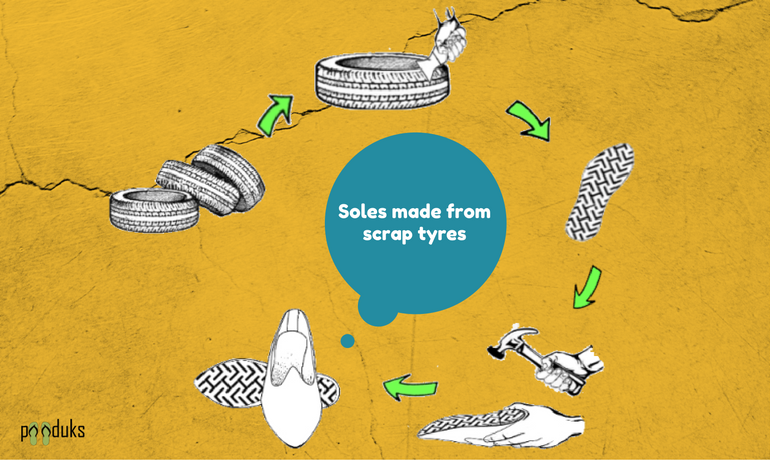
We use the side walls of the tyres as soles. These side walls are chiseled out to make them flat and then cut using a metal die (and a clicker machine) in the shape of a sole.
We currently source tyres from a scrap tyre dealer. For the inner and outer part of the shoe, we use natural fabric like cotton and jute, vegan material – that we source from the local market.
How did you connect with the cobblers, and what prompted you to embrace such a model? What was their reaction when you told them about your plan?

Well, the cobblers were happy to hear our plans. Initially, they might have had their own apprehensions about the fact that we plan to use our profits, but by now they might have realized that we are not here to exploit them like most others. The fact that they get paid consistently or their efforts (we have put them on a fixed monthly salary now), speaks for itself.
Coming to the social side of your company; How do the cobblers benefit from this work?
The cobblers get a fixed income, we provide them with clean and good working conditions and have fixed work timings (Mon-Fri: 9 AM to 6 PM). We make sure they leave at 6 and no working on weekends.
What kind of price margin do they share with the company?
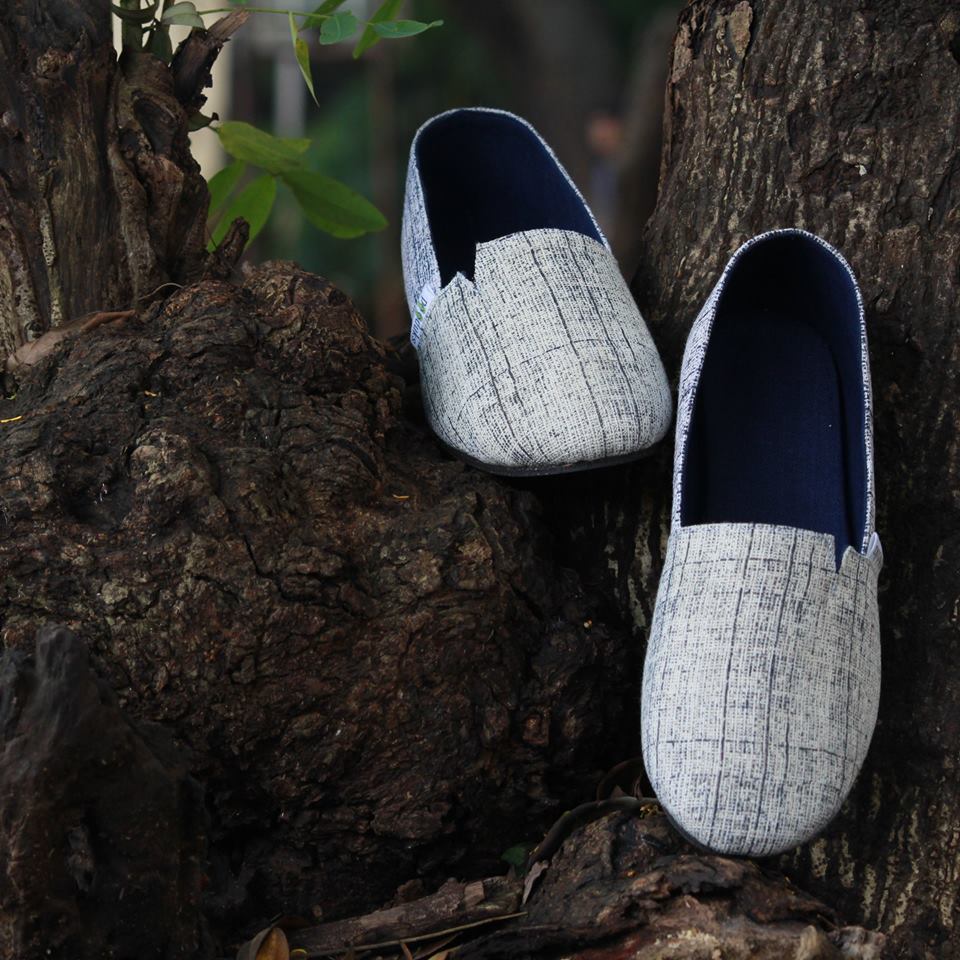
Apart from paying them a fixed income, our plan is to use 35% of our annual profits towards bonuses and other welfare programs for the cobblers. (We are however just about to break even and so these programs are yet to be implemented.)
Please take us through your design process; the ideation, the creative process, the execution. How do you zero in on designs?
As I said, the design – which includes the look of the shoes, the comfort factor, and durability – is a crucial factor. Our designer Carol has done a fantastic job when it comes to the design. It is she who comes up with the sketches, scouts for material and then works with the cobblers in getting the samples made and perfected.

How many different kinds of sandals do you have now? Are they available for both men and women?
We have a range of shoes – almost 40-50 different combinations for both men and women. We are also soon launching a new collection of sandals in the coming month.
How has the reception for such footwear been? Was it hard to get people interested in the beginning?
The reception has been good so far. We have received some excelled reviews from our shoppers who really liked the designs and the comfort factor of the shoes. Additionally, the fact that the soles come from up-cycled tyres and the fact that our work benefits the cobblers is an added plus about our shoes.
What are your future plans?
We are planning to expand into international markets, and later we may consider adding other eco-social products to our collection. But as of now, it’s just shoes.
